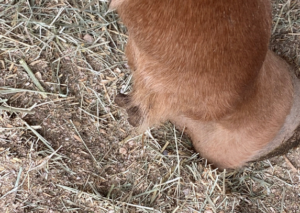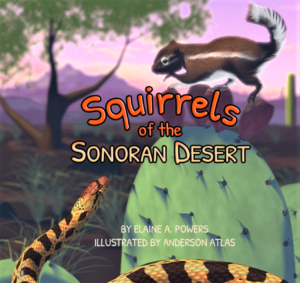My favorite bread flavor is rye. Given a choice, I will always choose rye. So, growing up, I wondered why rye hadn’t been more popular historically. After all, rye is easier to grow than wheat and, in my humble opinion, much tastier.
The reason is Ergot. Ergot is a fungal disease that killed and disabled people throughout Europe. Symptoms produced by the fungus Claviceps purpurea include gangrene, convulsions, headaches and hallucinations. Healthy grains are replaced with dark, hard ergots and get mixed into the flour during harvesting and milling.
Once the source of the ergot was identified, the infections were able to be controlled. An interesting story in history.
 I love learning about words and, as a new horse owner, I got a word-surprise one day. I get lots of advice from more experienced horse people. One of the recommendations I’ve gotten is to keep the tissue protuberances on the legs trimmed. These natural calluses are made of keratin that can flake off. They are hidden in the long hairs just above a horse’s hooves. My gelding’s flake off nicely by themselves, but I need to soften the tissue on my mare so I can pull them off.
I love learning about words and, as a new horse owner, I got a word-surprise one day. I get lots of advice from more experienced horse people. One of the recommendations I’ve gotten is to keep the tissue protuberances on the legs trimmed. These natural calluses are made of keratin that can flake off. They are hidden in the long hairs just above a horse’s hooves. My gelding’s flake off nicely by themselves, but I need to soften the tissue on my mare so I can pull them off.
Why am I telling you this? Because these protuberances on the horse’s fetlocks are also called Ergots. (Their purpose is not known.) The fetlock is sort of the ankle of a horse. Ergot is derived from the French word for a rooster’s spur, which makes sense, since that is what it looks like.
Ergot: one word, two very different meanings: A fungal disease or a protuberance on a horse’s fetlock.
Bonus Word: Higher up the horse leg is a round callus that also flakes off or can be trimmed flat. This is called a chestnut. That’s a word with three meanings:
A tree that produces an edible nut;
A reddish-brown colored horse with a brown mane and tail;
A callus on the inner side of a horse’s leg.
Book Note: I’ve recently released a new book, Squirrels of the Sonoran Desert. Did you know that every squirrel in this desert is a ground squirrel? Neither did I until I did my research. There are lots of fun science facts in this book, written in rhyme. You can see it on the Sonoran Desert books page.

